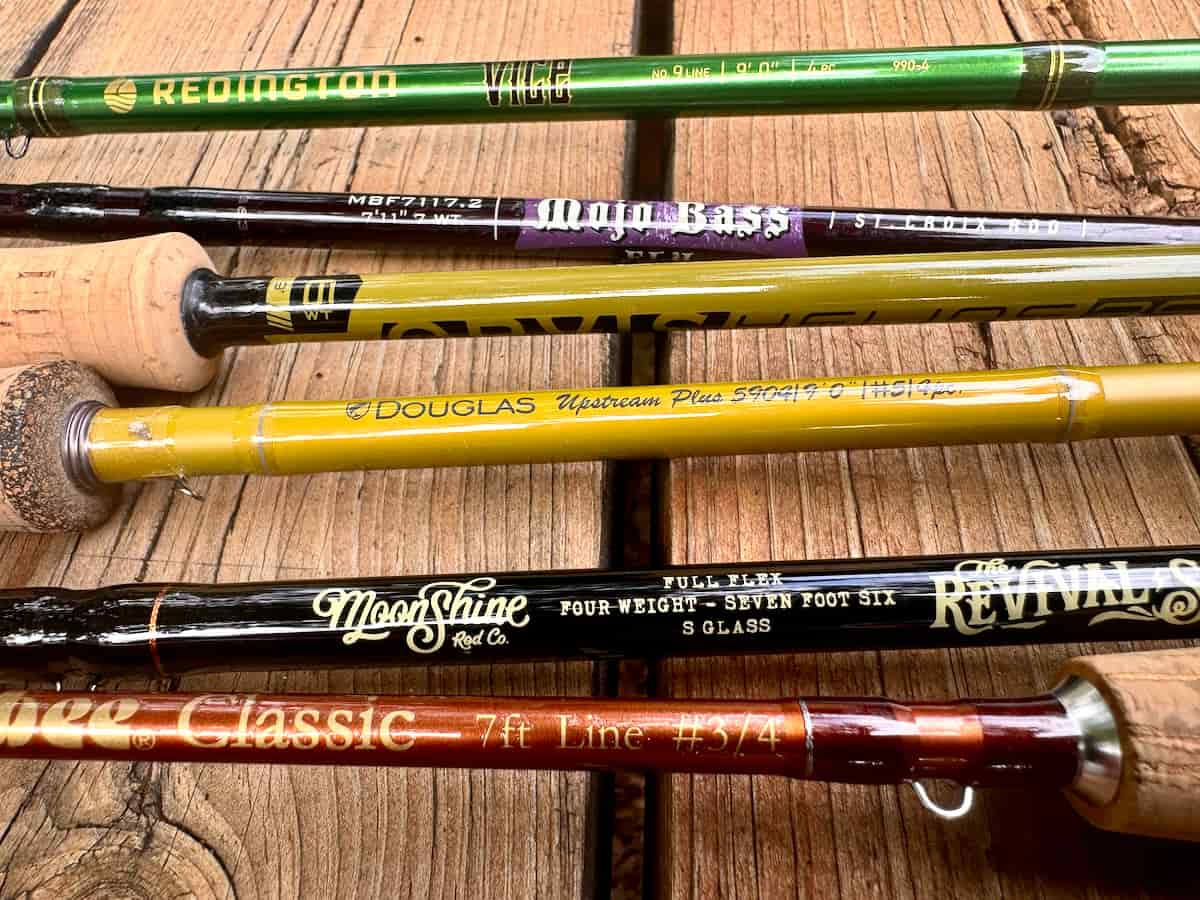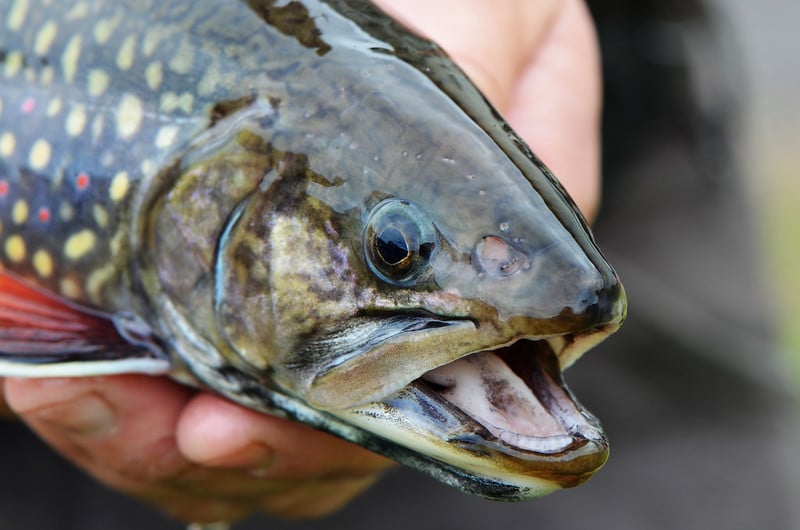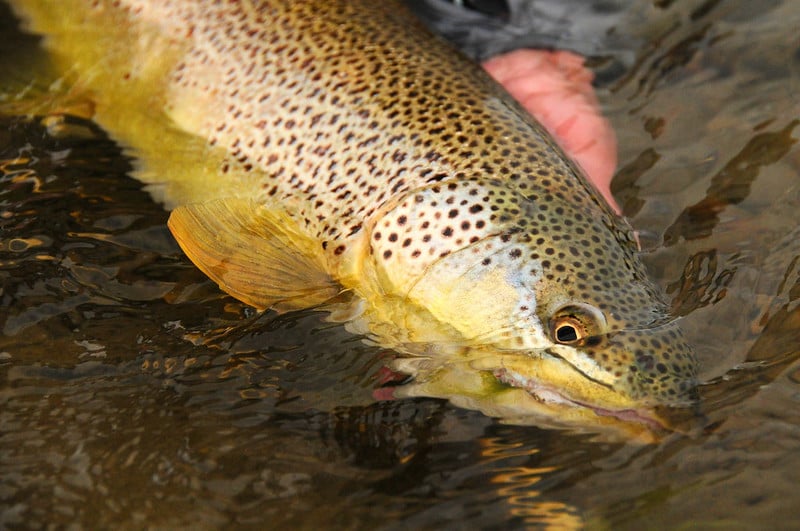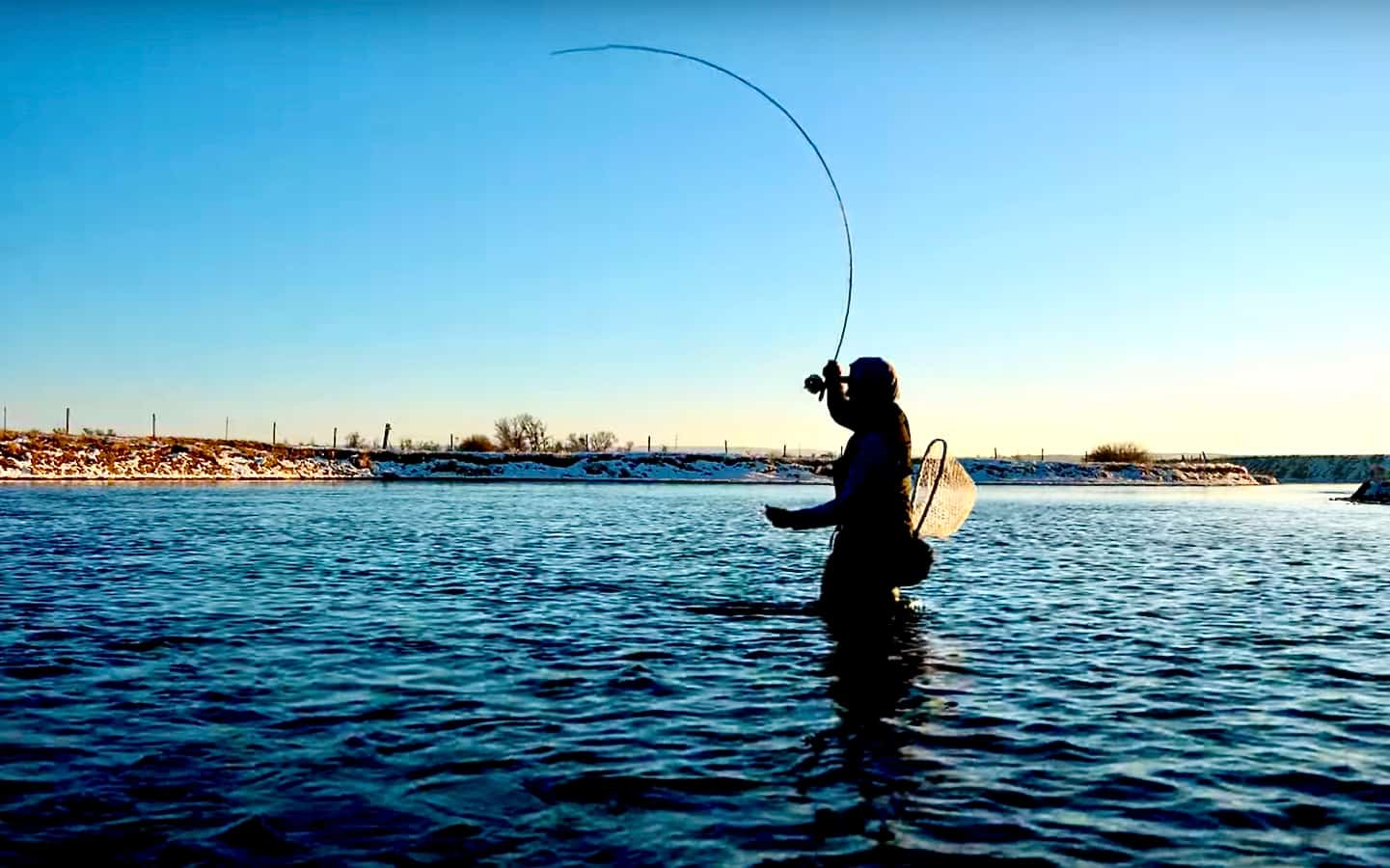Ask MidCurrent: Fish Size vs. Fly Size When Choosing a Fly Rod Weight

Question: Should I choose a fly rod weight based on the size of the fish I plan to catch or the size of the fly I plan to cast?
Answer: The answer is “yes.” Yes, you should choose a fly rod weight based on the size of fish you plan to catch. And, yes, you should choose a fly rod weight based on the size of fly you plan to cast. But before we bend our minds around this paradox, let’s quickly review what fly rod weight means. Rod weight refers to the weight of the fly line that the rod is designed to cast. This is typically expressed on a scale from 1 to 14, with lower numbers indicating lighter rods and higher numbers representing heavier rods.
The Traditional Approach: Matching Rod Weight to Fish Size
Conventionally, many anglers have been taught to choose their fly rod weight based on the size of the fish they’re targeting. This approach follows a general guideline:
- 1-3 weight: Small stream trout and panfish
- 4-6 weight: Larger trout, small bass, and light saltwater species
- 7-9 weight: Bass, steelhead, and most saltwater fish
- 10+ weight: Large saltwater species and big game fish
While this method has merit, it’s not the whole story. Let’s explore why.
The Modern Perspective: Considering Fly Size
In recent years, more anglers and fishing experts have recognized the importance of matching rod weight to the size and weight of the flies being cast. Here’s why:
- Casting Efficiency: Heavier flies require more energy to cast effectively. A rod that’s too light for your chosen fly will make casting difficult and tiring.
- Presentation: Lighter rods allow for more delicate presentations, which is crucial when using small, lightweight flies.
- Wind Resistance: Larger, wind-resistant flies (like streamers or poppers) need a heavier rod to cut through the air effectively.
- Line Control: The right rod weight helps you manage your line better, especially when dealing with different fly sizes and fishing conditions.
Finding the Balance: A Holistic Approach
So, should you focus on fish size or fly size when choosing your rod weight? The truth is, both factors play a crucial role. Here’s how to approach the decision:
- Consider Your Primary Target: Start by thinking about the fish you’ll be targeting most often. This gives you a baseline for your rod weight selection.
- Evaluate Your Fly Selection: Look at the flies you plan to use most frequently. Are they primarily small dry flies or larger streamers? This will influence your rod weight choice.
- Assess Fishing Conditions: Think about where you’ll be fishing. Are you dealing with tight quarters on small streams or open spaces on large rivers or lakes? This affects both your casting needs and the size of fish you’re likely to encounter. Wind is also a consideration. You’ll need a more powerful rod to punch through a stout breeze.
- Factor in Your Skill Level: More experienced anglers can often “overline” or “underline” their rods (using a line weight different from the rod’s rating) to adapt to different situations. As a beginner, stick closer to the rod’s recommended weight.
Practical Examples
Let’s look at a few scenarios to illustrate this holistic approach:
- Small Stream Trout Fishing:
- Fish Size: Small to medium trout
- Typical Flies: Small dry flies, nymphs
- Recommended Rod Weight: 2-4 weight
- Bass Fishing on a Lake:
- Fish Size: Medium to large bass
- Typical Flies: Large streamers, poppers
- Recommended Rod Weight: 7-9 weight
- Saltwater Flats Fishing:
- Fish Size: Various (from bonefish to permit)
- Typical Flies: Medium to large saltwater patterns
- Recommended Rod Weight: 8-10 weight
The Versatility Factor
One often overlooked aspect of choosing a fly rod weight is versatility. While specialization has its place, many anglers benefit from a rod that can handle a range of situations. A 5 or 6-weight rod, for instance, offers excellent versatility for many freshwater fishing scenarios.
Making Your Choice
In the end, choosing the right fly rod weight comes down to balancing several factors:
- The size of fish you’re targeting
- The size and type of flies you’ll be using
- The fishing conditions you’ll encounter
- Your personal fishing style and skill level
Apologies if you were expecting a definitive answer, but “it depends” is the standard preamble for almost everything when it comes to fly fishing advice. The best approach is to consider all these factors and choose a rod weight that offers the best compromise for your specific needs.
The more experience you gain the more you’ll develop a feel for different rod weights and how they perform in various situations. Don’t be afraid to experiment—many seasoned anglers own multiple rods to cover a range of fishing scenarios. Ultimately, the right fly rod weight is the one that allows you to cast effectively, present your flies naturally, and enjoy your time on the water.










